Architecture Trends 2024: The 7 Trends You Need to Know
In the dynamic world of architecture, staying abreast of current trends is crucial to remaining relevant and at the forefront of design. From new technologies to sustainable approaches, contemporary architecture is undergoing an exciting period of evolution. Here we present seven trends that are setting the pace in today's architectural landscape.
Architectural Sustainability
Sustainability is no longer an option; it is a necessity. Architects are adopting integrated approaches that incorporate eco-friendly materials, bioclimatic design, and renewable energy systems. The goal is to create buildings that not only minimize their environmental footprint but also enhance the quality of life for their inhabitants.
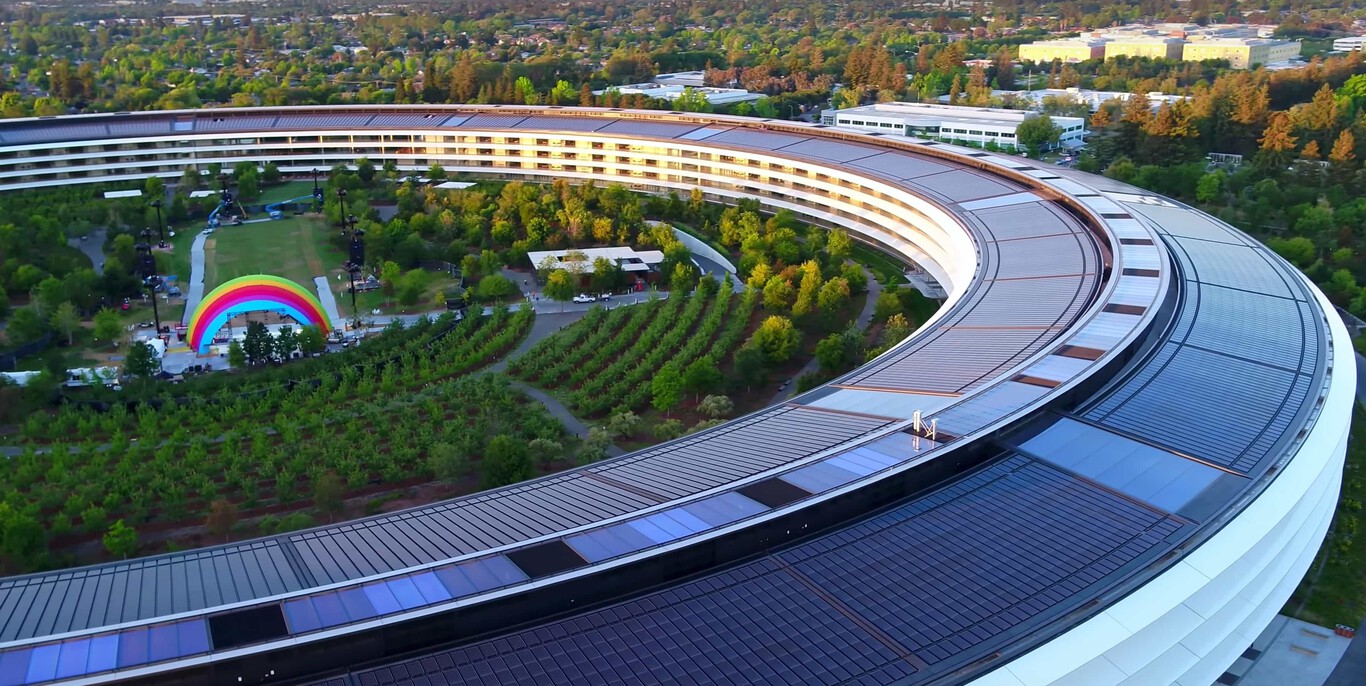
Apple Park, California
"This complex is the world's largest naturally ventilated building, significantly reducing its reliance on HVAC systems. Additionally, it operates on 100% renewable energy, thanks to its rooftop solar panels, making it one of the largest photovoltaic plants globally."
Modular Architecture
Modular construction is gaining ground due to its efficiency and versatility. This approach allows for the prefabrication of components in controlled environments, resulting in shorter construction times, less material waste, and greater precision in project execution.
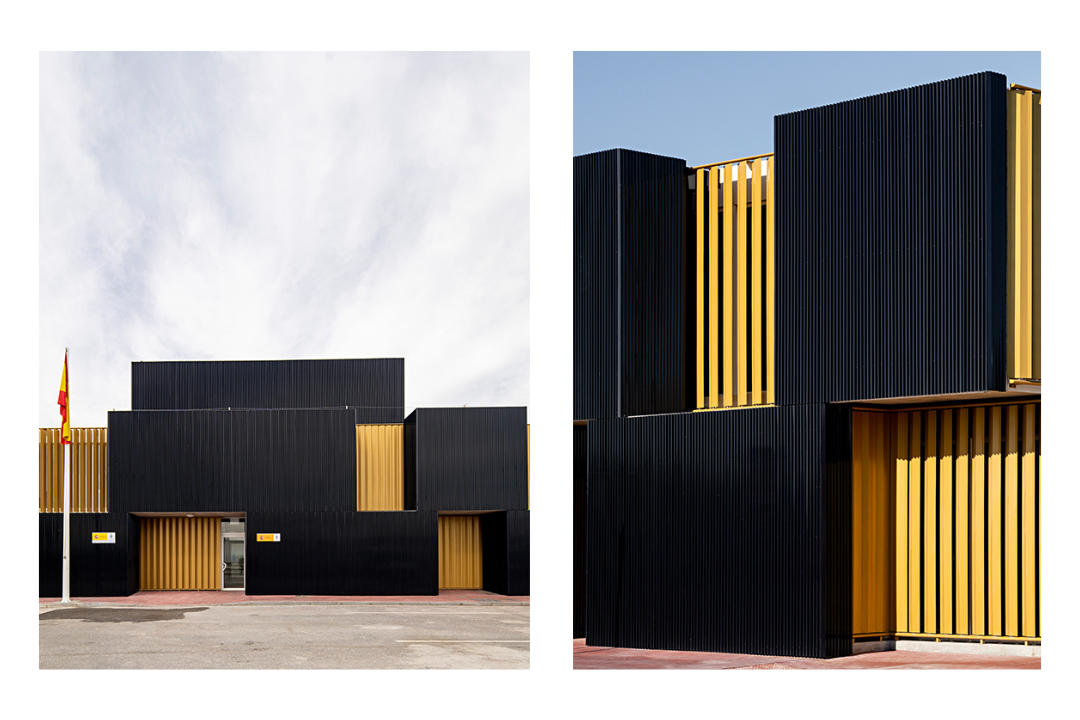
The new Port Operations Headquarters of the National Police in the Port of Motril, designed by Fresneda & Zamora, stands out for its sustainable approach with zero energy consumption. Its windows, equipped with Brise Soleil Series BR 314 galvanized steel louvers, regulate the entry of natural light, improving energy efficiency and providing security thanks to their impact and deformation resistance, with anti-rust primer on all the slats.
Bioclimatic Architecture
Bioclimatic architecture focuses on leveraging local climatic conditions to optimize interior comfort and reduce energy consumption. From the building's orientation to the selection of materials, the aim is to create spaces that are energy-efficient and environmentally friendly.
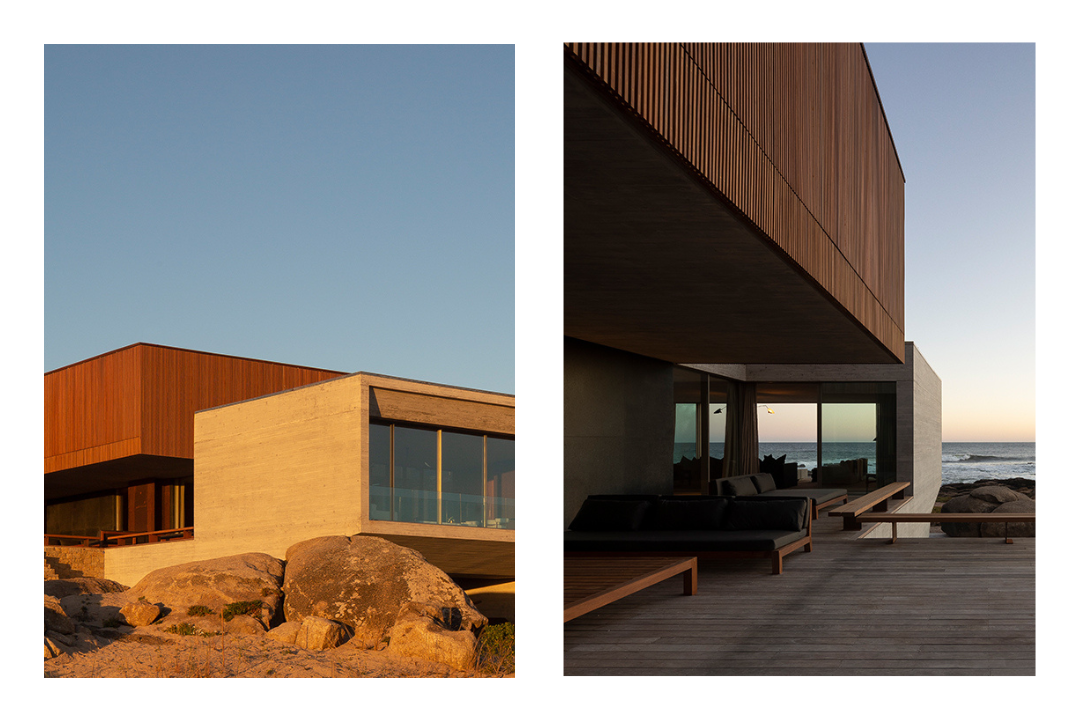
In addition to its focus on energy efficiency, bioclimatic design also considers the well-being of the occupants. Maximizing the use of natural light, cross ventilation, and the integration of passive heating and cooling systems contribute to creating healthy and comfortable indoor environments.
These principles not only reduce the reliance on mechanical HVAC systems but also promote greater contact with nature, thereby enhancing the quality of life for the users of the built space.
Technology and Architecture
Technology is transforming the way we design and experience architectural spaces. From augmented reality to digital fabrication, architects are using innovative tools to visualize and materialize their ideas more effectively and efficiently.
- Building Information Modeling (BIM): Provides a digital platform for designing, collaborating, and managing construction projects in an integrated manner, improving efficiency and accuracy at all stages of the process.
- 3D Printing: Allows for the rapid and precise fabrication of prototypes and complex architectural elements, offering new design possibilities and reducing production costs.
- Artificial Intelligence (AI): Facilitates the optimization of architectural designs through advanced algorithms that can analyze large amounts of data and generate efficient and customized solutions.
- Internet of Things (IoT): Integrates sensors and smart devices into buildings to monitor and control various aspects such as lighting, climate control, and security, improving operational efficiency and user comfort.
- Drones: Are used for topographic surveys, building inspections, and capturing aerial images, providing precise and detailed data for planning and designing architectural projects.
- Mixed Reality: Combines elements of virtual reality and augmented reality to create interactive and collaborative experiences, allowing architects to visualize and manipulate digital models in real physical environments.
- Virtual Reality (VR) and Augmented Reality (AR): Enable architects to create and explore three-dimensional models of their designs in an immersive way, facilitating the visualization and understanding of spaces before construction.
Architectural Adaptive Reuse
Instead of demolishing old buildings, many architects are opting for adaptive reuse. This practice involves transforming existing structures rather than building from scratch, which not only preserves architectural heritage but also reduces waste and promotes urban revitalization.

Coal Drops Yard, London
Conceived as part of the broader redevelopment project of King’s Cross in the heart of London, this intervention involved the restoration and transformation of two large Victorian warehouses, along with adjacent railway facilities, into a new public space primarily dedicated to shopping.
Adaptive reuse is not only about preserving architectural history but also significantly reducing waste and minimizing the environmental impact associated with building from scratch. By renovating and reconfiguring existing buildings, the need to extract new materials is avoided, helping to decrease the carbon footprint and conserve precious natural resources.
This approach benefits the environment and positively impacts the urban fabric. Adaptive reuse promotes the revitalization of degraded urban areas, reactivating abandoned spaces and restoring their vitality. By preserving historical architecture and giving it a new purpose, the sense of community identity and belonging is strengthened.
Moreover, adaptive reuse fosters creativity and innovation in architectural design. Reinterpreting existing spaces challenges architects to think ingeniously and find innovative solutions that respect the structural and aesthetic integrity of the original building while meeting contemporary needs.
Emerging Architectural Styles
New architectural styles are emerging that challenge traditional conventions and explore new forms of expression. From parametric architecture to biophilic design, these emerging styles are driving innovation and experimentation in the field of architecture.
Parametric architecture, for example, is characterized by the use of algorithms and advanced software to generate complex forms and structures. This approach allows architects to create buildings and spaces that go beyond the limitations of conventional design, incorporating fluid and organic elements that challenge traditional perceptions of architecture.

On the other hand, biophilic design seeks to integrate nature into the built environment, incorporating elements such as natural light, vegetation, and natural materials to enhance well-being and connection with the surroundings. This style not only promotes a healthier environment for occupants but also fosters greater harmony between architecture and its natural setting.
These emerging styles not only represent new ways of thinking about architectural design but also open up new possibilities for the interaction between people and the built environment. By challenging established conventions and exploring new aesthetic and functional frontiers, these styles are redefining the architectural landscape and promoting a more inclusive and sustainable approach to the construction of the future.
Cultural and Global Influences
Contemporary architecture is influenced by a variety of cultures and global contexts. From incorporating local cultural elements to adopting traditional construction techniques, architects are celebrating diversity and cultural richness in their designs.
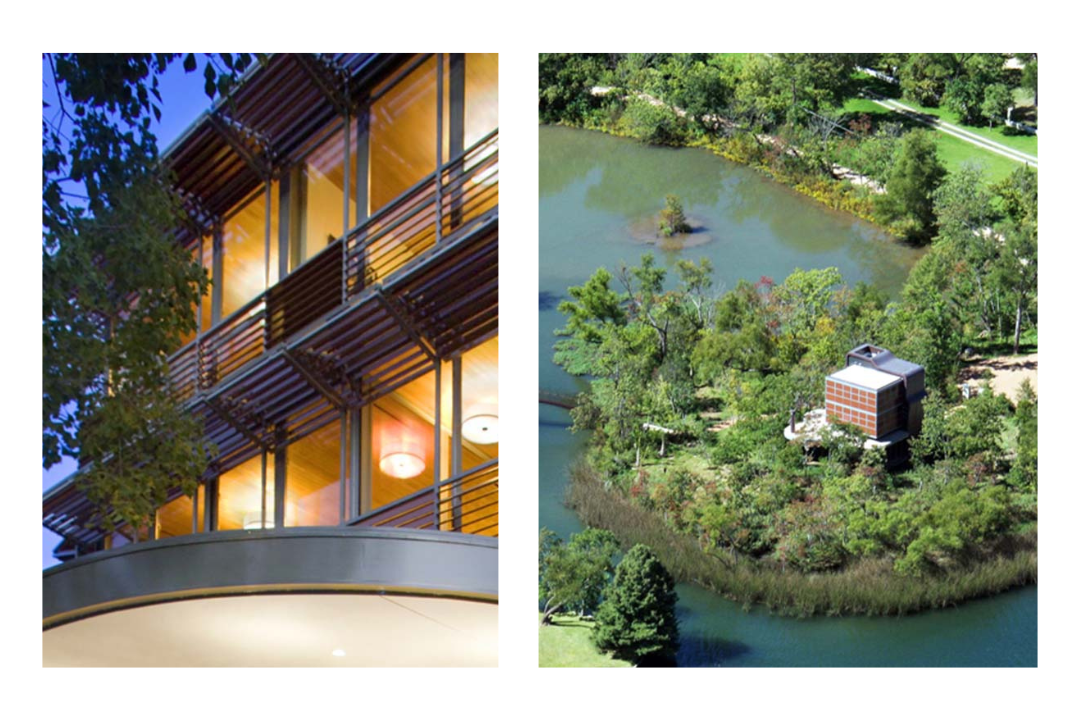
In summary, current architectural trends reflect an increasing focus on sustainability, technological innovation, and cultural diversity. Keeping abreast of these trends is essential for architecture professionals and allows us to envision and create a more inspiring and livable built environment for everyone.
Products used Gradhermetic
-
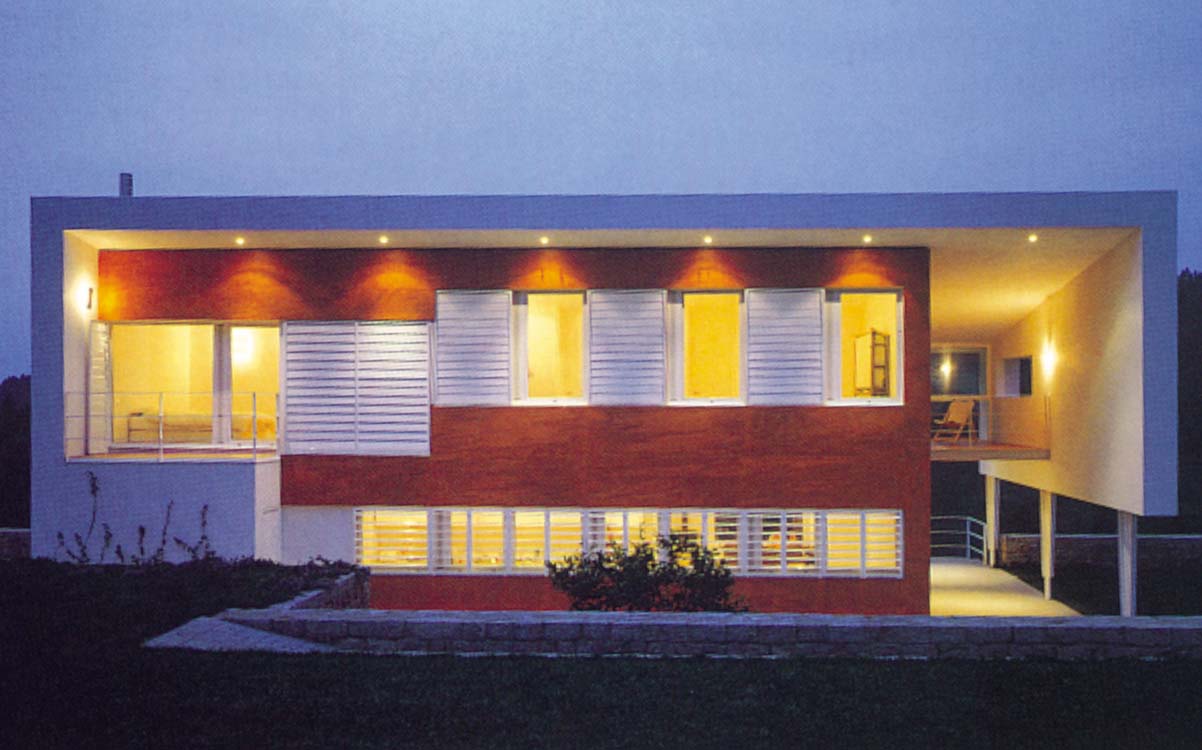
E 100
Gradpanel Serie E 100
-
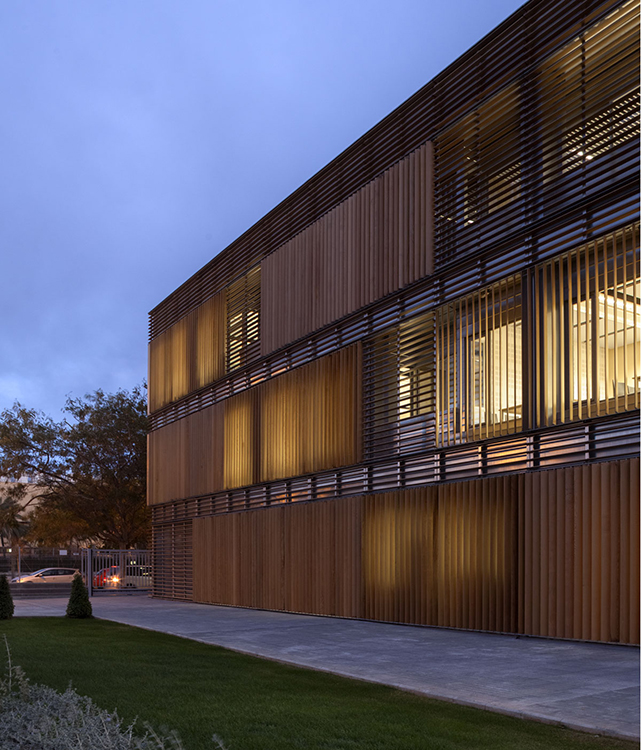
Llambí
Obras Singulares
-
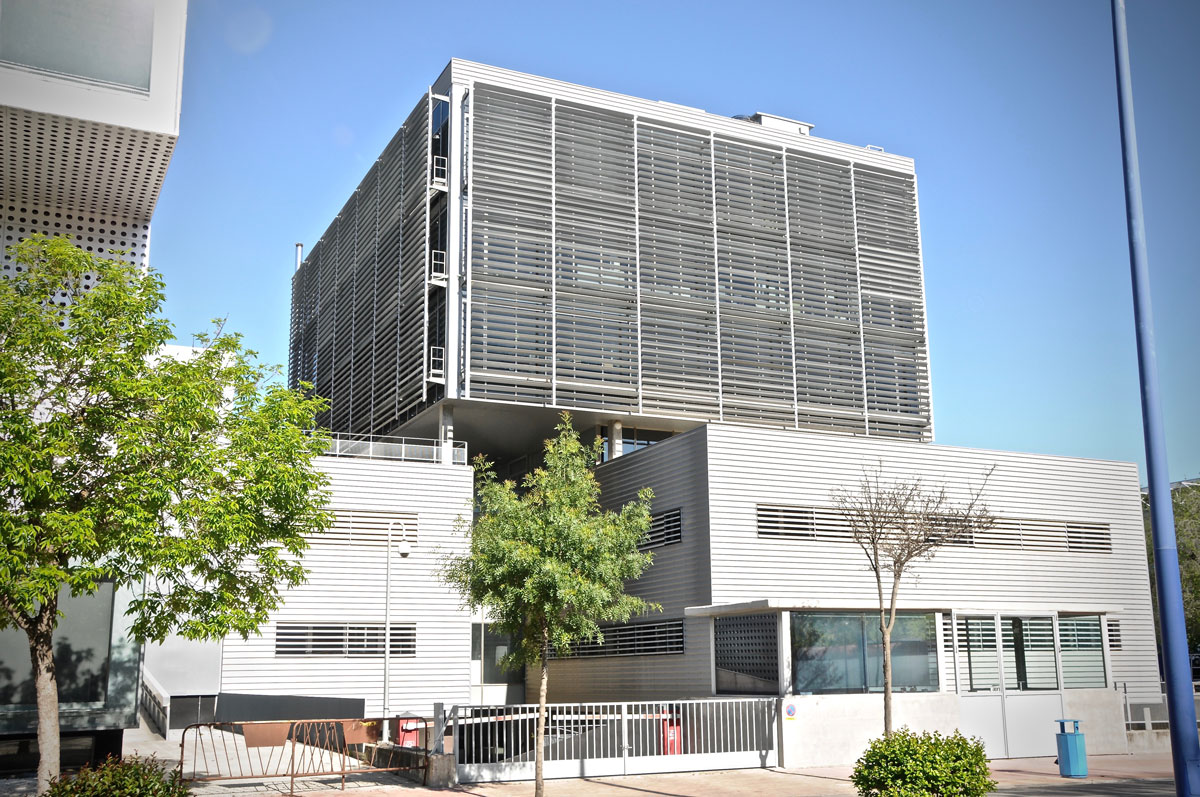
BR 314
Brise Soleil Serie BR 314



